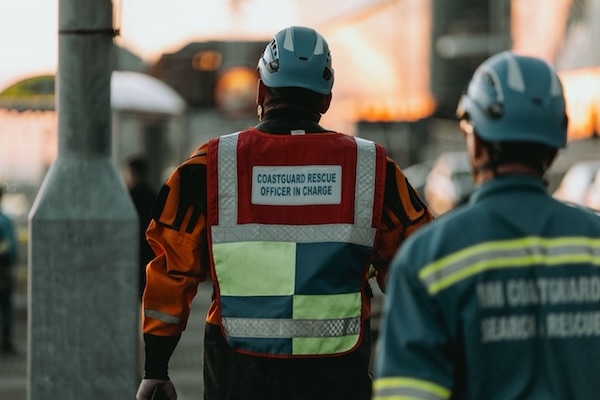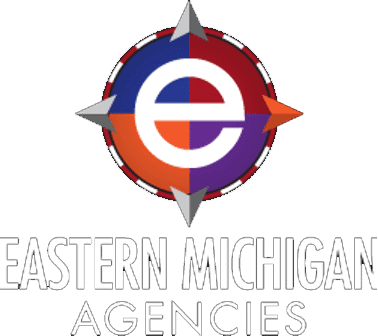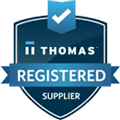In the manufacturing industry, safety management is paramount. Each facility, process, and workforce comes with its own set of risks, making one-size-fits-all safety programs insufficient for effectively managing hazards. Custom safety programs have emerged as a solution to address the unique safety needs of different manufacturing environments, from assembly lines to heavy machinery operations. By implementing tailored safety protocols, manufacturers can create a safer, more productive workplace that aligns with their specific processes and workforce.
Identifying Unique Risks in Manufacturing
One of the first steps in developing a custom safety program is identifying the unique risks within a manufacturing facility. Each process, machine, and task may present specific hazards that require specialized safety measures. For example, a facility that operates heavy machinery may face risks of equipment malfunctions, which require strict lockout/tagout (LOTO) procedures. On the other hand, a facility handling chemicals will need protocols focused on hazard communication and spill containment. Conducting a thorough risk assessment to identify these hazards is crucial to building a safety program that addresses them effectively. Custom programs ensure that safety measures are directly relevant to the tasks at hand, reducing the risk of accidents and enhancing overall compliance with regulatory standards.
Designing Comprehensive Training Programs
Once the unique risks are identified, the next step is to design training programs that target these specific safety needs. Custom training equips employees with the knowledge and skills needed to handle the hazards they encounter in their daily tasks. For example, training programs can be developed to teach machine operators how to conduct routine inspections, handle malfunctions, and understand safety protocols specific to the equipment they use. Employees who work with hazardous materials may require specialized training in chemical handling and emergency response. Tailoring these training sessions not only improves safety but also fosters a proactive safety culture where employees are empowered to identify and mitigate risks on their own.
Adapting Safety Equipment and PPE Requirements
Personal protective equipment (PPE) is an essential part of any safety program, but standard PPE may not be adequate in every manufacturing environment. Custom safety programs allow employers to specify PPE requirements that reflect the unique hazards of their facility. This may include heat-resistant gloves for high-temperature tasks, respirators for dust-heavy environments, or vibration-reducing gloves for workers handling heavy equipment. Customizing PPE guidelines ensures that employees are properly protected and that the equipment they use meets the specific demands of their tasks. Regular PPE assessments as part of the custom program further ensure that protection evolves as conditions or tasks change, maintaining a high level of workplace safety.
Monitoring and Adjusting Safety Protocols
Custom safety programs are not static; they evolve based on ongoing feedback and changing operational needs. Regular monitoring of safety performance is essential to identifying areas for improvement and adapting protocols as necessary. Implementing a custom safety program allows for flexibility in response to new challenges, whether it’s the introduction of new machinery, an increase in production, or emerging risks. Companies may hold regular safety audits or feedback sessions with employees to gather insights into how safety measures are performing in real-world conditions. This feedback loop enables manufacturers to fine-tune safety measures continuously, ensuring they remain effective and relevant to the work being performed.
Enhancing Compliance and Reducing Incidents
Custom safety programs not only provide direct benefits to employee health and safety but also improve regulatory compliance and reduce workplace incidents. Tailoring safety measures to meet industry-specific regulations ensures that facilities remain compliant with OSHA and other safety standards. Additionally, when safety programs address real, on-the-ground risks, the likelihood of accidents and injuries decreases, leading to fewer incidents and potential liabilities. This proactive approach helps manufacturers foster a safer work environment, increase productivity, and reduce costs associated with accidents, downtime, and non-compliance penalties.
Conclusion: Building a Safer Future with Custom Safety Programs
In a dynamic and often high-risk industry like manufacturing, customized safety programs are an invaluable tool for managing unique workplace hazards effectively. By identifying specific risks, tailoring training, adapting PPE, and staying flexible, manufacturers can create a safety culture that prioritizes worker protection and regulatory compliance. Custom safety programs provide manufacturers with the structure and adaptability needed to maintain a safe, productive environment, meeting the needs of their specific processes and workforce. Through these tailored programs, manufacturing facilities can achieve a safer, more resilient workplace that keeps employees protected and operations running smoothly.







